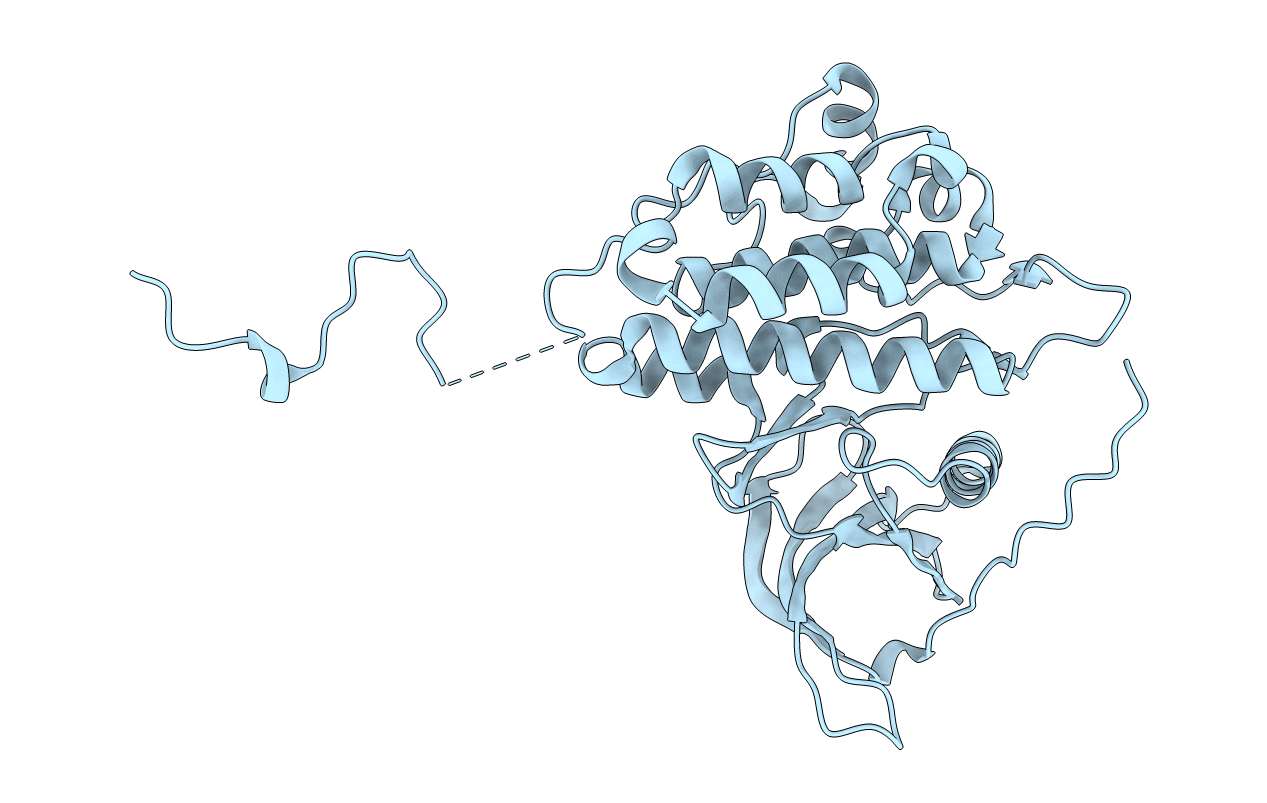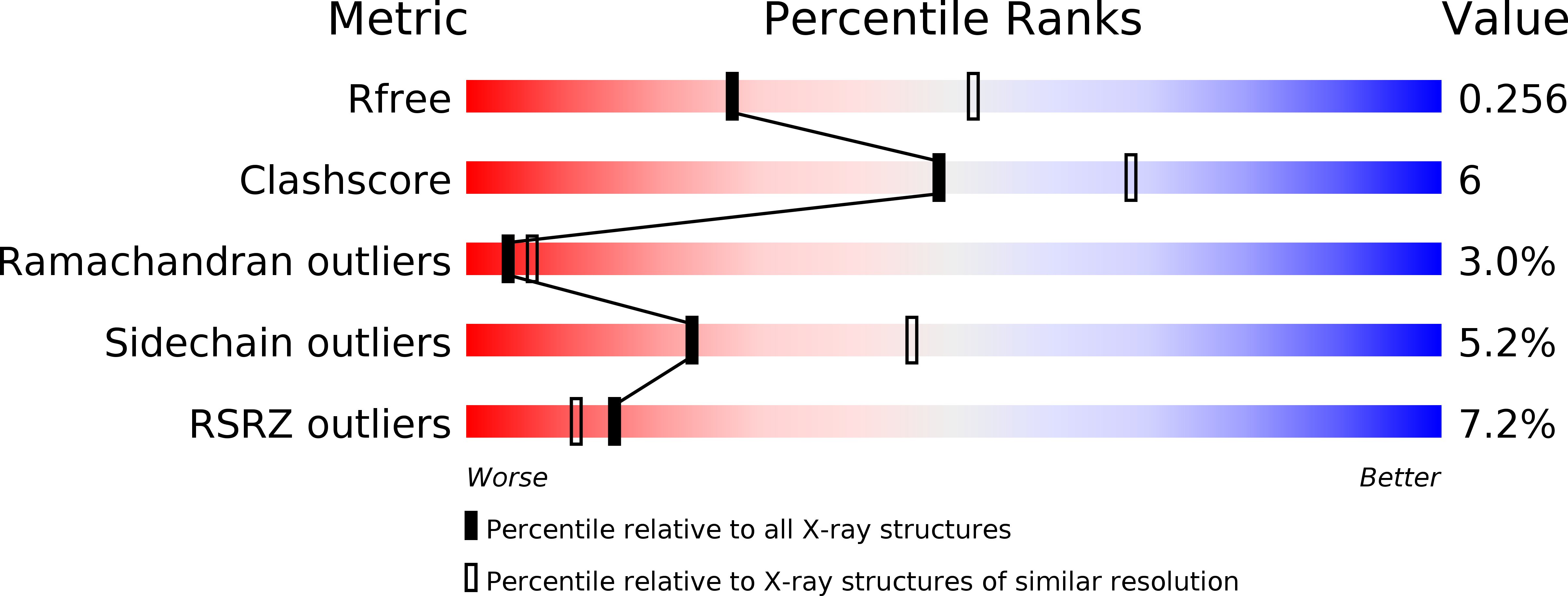
Deposition Date
2002-06-17
Release Date
2002-09-04
Last Version Date
2024-02-14
Entry Detail
PDB ID:
1M14
Keywords:
Title:
Tyrosine Kinase Domain from Epidermal Growth Factor Receptor
Biological Source:
Source Organism:
Homo sapiens (Taxon ID: 9606)
Host Organism:
Method Details:
Experimental Method:
Resolution:
2.60 Å
R-Value Free:
0.28
R-Value Work:
0.23
R-Value Observed:
0.23
Space Group:
I 2 3


